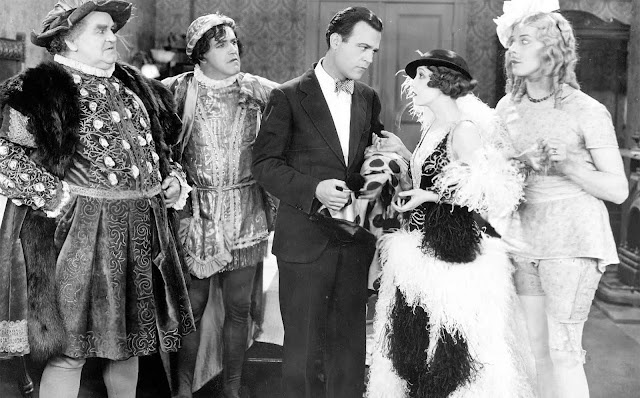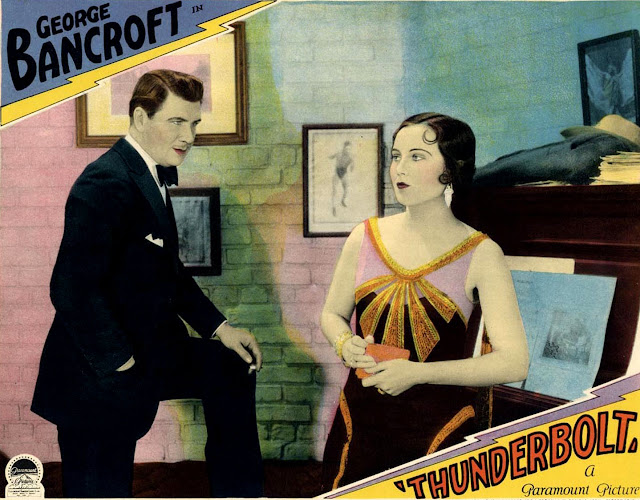Oh, You Beautiful Dolls
The Tampa Finds Way To Outwit Depression
Two forces at work: 1--- Overcome a still-ongoing Depression via chance at free tickets for Shirley Temple's newest, and 2 --- marshal her fan force by stage-introducing a newest line of Shirley dolls. So what does this ad reflect of changed times? I'll say first it's having your name set among want ads, even where it qualifies for free admission. Privacy invaded! Imagine repercussion today. But want ads were a first section many readers went to in 1936, as in job hunting. Desperate job hunting. And what more reassuring than to see your own name and an invite to the





















































